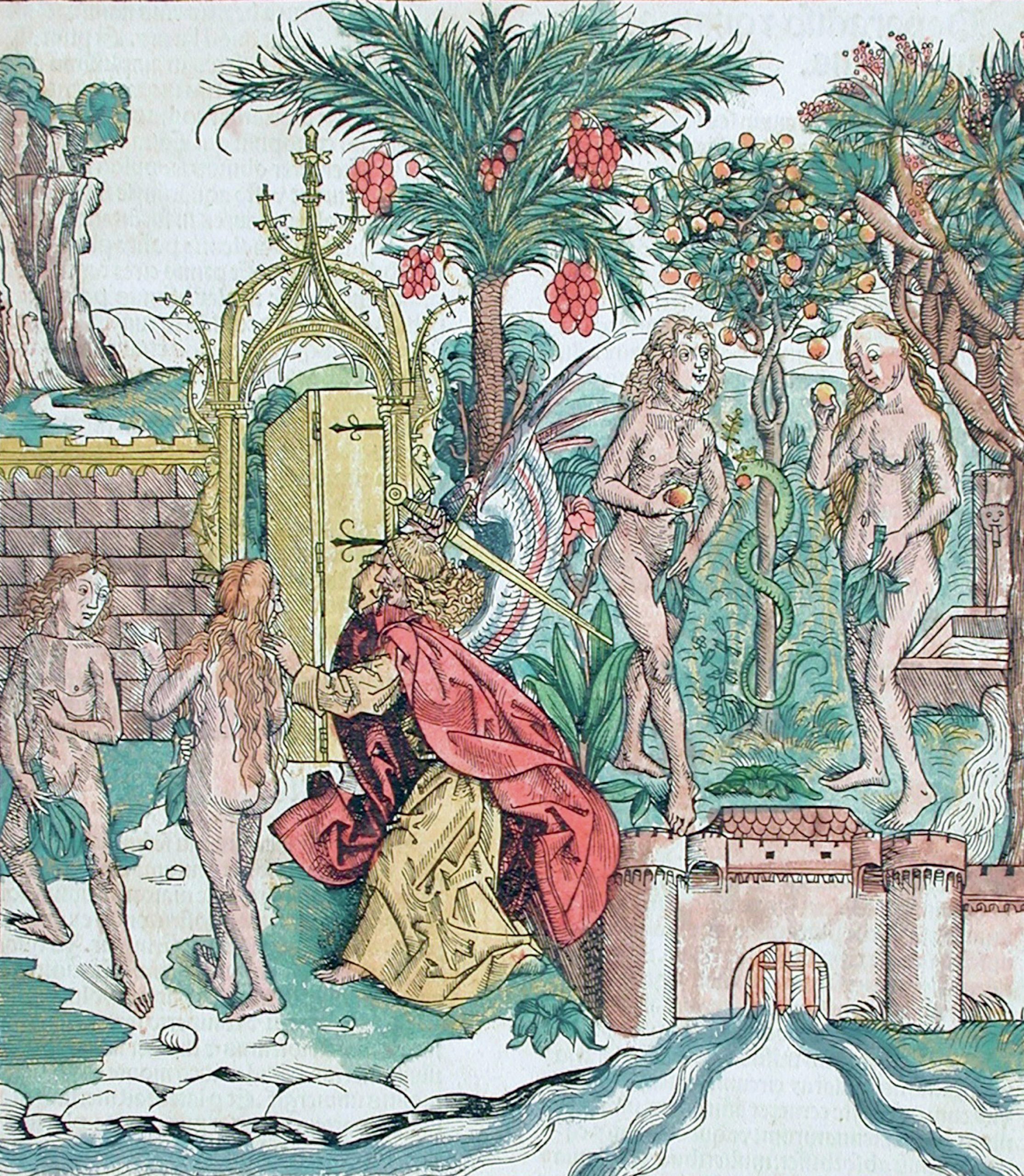
AQA (B): Paper 1 ‘Aspects of tragedy’: core set text
In the tale-telling competition on the pilgrimage to Canterbury in Geoffrey Chaucer’s Canterbury Tales, the Monk offers his fellow pilgrims some of the hundred tragedies he keeps in his cell, giving them a quick lesson on literary genre in the process. The Monk defines tragedy as a narrative which tells the story of a notable figure who fell from prosperity to misery and wretchedness. Tragedy is an exemplary genre. It offers examples that warn the reader to be careful of their own conduct by reminding them of famous downfalls. Tragedy’s message is that one should not believe that worldly prosperity — whether in the form of wealth or other good fortune — will last forever.
Your organisation does not have access to this article.
Sign up today to give your students the edge they need to achieve their best grades with subject expertise
Subscribe




